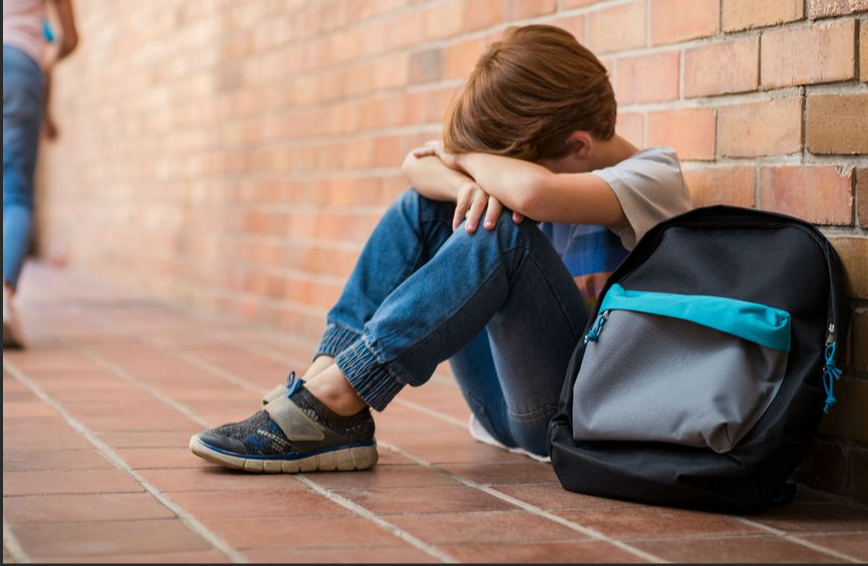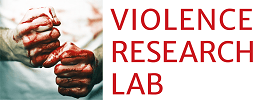School violence
Violence among children in schools, known as “peer violence,” is a serious problem in society as a whole. The importance of protecting children and youth from peer violence is prescribed in numerous international and national documents and regulations (Constitution of the Republic of Croatia,[1] UN Convention on the Rights of the Child,[2] Convention on the Rights of Persons with Disabilities,[3] Council of Europe Strategies for Children’s Rights, national strategies for children’s rights in Croatia, Education, Science and Technology Strategy, etc.).
Peer violence is not solely within the domain of the education system; it requires intersectoral cooperation among all relevant bodies (Ministry of the Interior, Ministry of Justice, Ministry of Labor, Pension System, Family, and Social Policy, Ministry of Health, etc.). Croatian legislation has legal regulations and strategic frameworks for dealing with cases of peer violence that are aligned with all relevant international documents, yet despite this, peer violence is prevalent at all levels of education.

SOURCE
There are no exact indicators of the prevalence of peer violence in Croatian society and schools; however, several research studies have been conducted on this topic in Croatia. Within the Development of Social-Pedagogical Intervention Models in Primary Schools project of the Agency for Education and Training (2015-2018), a sample of 3,457 parents and students in 43 primary schools in Croatia found that at least 13% of students in Croatian primary schools exhibit behavioral problems, including various forms of bullying behavior.[1] In 2011, the Agency for Education and Training conducted a survey among students in primary and secondary schools in Croatia. The results showed that 42% of students were exposed to some form of physical violence in schools, such as hitting, pushing, or slapping.[2] A 2013 survey by the European Union Agency for Fundamental Rights included a larger sample of students aged 11 to 16 from 35 European countries, including Croatia. The results showed that 29% of Croatian students experienced physical violence in schools.[3] A 2014 survey by the Center for Peace Studies among primary and secondary school students in Zagreb found that 35% of students experienced some form of physical violence from their schoolmates.[4]The 2017 survey by the Agency for Education and Training focused on seventh and eighth-grade students in Croatian primary schools, and the results showed that 26% of students reported being victims of physical violence in schools, while 23% reported participating in physical violence against others.[5] A 2018 survey by the Brave Phone among fifth and sixth-grade students in Croatian primary schools found that 27% of respondents stated they had been exposed to some form of physical violence by their peers.[6]
Despite different research methodologies, sample sizes, and definitions of physical violence used in these studies, the research results indicate a significant percentage of students who reported being victims of physical violence in the school environment by their peers.
The whole world, especially European countries, was horrified by the event that occurred on May 3, 2023, at an elementary school in Belgrade, Republic of Serbia, when a 13-year-old student entered the school with a weapon (a pistol) and killed a security guard. During the rampage, he fired at least 15 shots from three magazines, resulting in the deaths of eight children and injuries to six students and one teacher. The attacker obtained the weapon from his father’s home and had four Molotov cocktails in his bag, which he did not use. After the murders, he went to the schoolyard and called the police. A search of the attacker’s residence revealed that he had planned the killings a month in advance and had a list of children he wanted to kill, while also researching the fact that he was still of an age when he was not legally responsible (children up to 14 years old in the Republic of Serbia are not held criminally responsible, which is also the case in Croatia).[7] The attacker was not under the influence of alcohol or psychoactive substances during the act, and during questioning by the police, he showed no remorse for the committed crime and behaved arrogantly when talking about the victims.[8]
The media extensively covered this event, and it was almost impossible for anyone using the internet not to have read or heard about it. Subsequently, there was an increase in peer violence in Croatian schools, and police officers began receiving more reports of threats from students regarding mass murders, which were promptly addressed in cooperation with other relevant institutions. Peer violence attracts the attention of all people, and the media plays an exceptional role in preventing peer violence.
The Ministry of Science and Education has developed a data collection system on peer violence; however, the method of data collection and the types of data collected do not meet the needs of systematic monitoring of violence occurrence and reporting on it. To prevent peer violence, it is necessary to inform and educate all sectors involved in dealing with peer violence, continue improving existing preventive programs, develop new ones, and promote media campaigns promoting nonviolence based on empathy and a shared value system.
[1] Bouillet, D., Bićanić, J., Ivančan, A., Novosel Guszak, D., Rovis Brandić, A.,, Sitar, M. (2018), Socijalni – pedagoški mozaik: Razvoj modela potpore učenicima s problemima u ponašanju, Zagreb, Školska knjiga
[2] www.azoo.hr
[3] Agencija za temeljna prava EU objavila Izvješće za 2013.g. – Pučka pravobraniteljica (ombudsman.hr)
[4]https://www.bing.com/ck/a?!&&p=bd409dfaf13679edJmltdHM9MTY4NjcwMDgwMCZpZ3VpZD0xYWE1N2YyOS0zM2E1LTYwODQtMzg2Yi02ZjY4MzJlMTYxMmUmaW5zaWQ9NTIwMQ&ptn=3&hsh=3&fclid=1aa57f29-33a5-6084-386b-6f6832e1612e&psq=Istraživanje+Centra+za+mirovne+studije+iz+2014.+godine+učenici+škola&u=a1aHR0cHM6Ly93d3cuY21zLmhyL3N5c3RlbS9hcnRpY2xlX2RvY3VtZW50L2RvYy8zOS9JenZqZXN0YWpfSXBzb3NfUHVsc19rdmFsaXRhdGl2YS5wZGY&ntb=1
[5] www.azoo.hr
[6] www.hrabritelefon.hr
[7] https://www.jutarnji.hr/vijesti/svijet/pretresen-stan-u-kojem-je-zivio-napadac-njegov-otac-je-u-cudu-gradani-na-ulici-trazili-ostavke-15331899
[8] Jutarnji list – Nova saznanja lede krv u žilama: Kosta K. je istraživao može li u zatvor ako ubije kolege
[1] Ustav Republike Hrvatske (pročišćeni tekst) (nn.hr)
[2]https://www.bing.com/ck/a?!&&p=992b71b33e788cb6JmltdHM9MTY4NjcwMDgwMCZpZ3VpZD0xYWE1N2YyOS0zM2E1LTYwODQtMzg2Yi02ZjY4MzJlMTYxMmUmaW5zaWQ9NTQwOA&ptn=3&hsh=3&fclid=1aa57f29-33a5-6084-386b-6f6832e1612e&psq=Konvencija+UN-a+o+pravima+djeteta&u=a1aHR0cHM6Ly9wcmF2YW1hbmppbmEuZ292LmhyL1VzZXJEb2NzSW1hZ2VzL2FyaGl2YS9wZGYvbWVkanVuYXJvZG5pL2tvbnZlbmNpamFfb19wcmF2aW1hX2RqZXRldGEucGRm&ntb=1
[3]https://www.bing.com/ck/a?!&&p=4ce4782a605ce932JmltdHM9MTY4NjcwMDgwMCZpZ3VpZD0xYWE1N2YyOS0zM2E1LTYwODQtMzg2Yi02ZjY4MzJlMTYxMmUmaW5zaWQ9NTIwMQ&ptn=3&hsh=3&fclid=1aa57f29-33a5-6084-386b-6f6832e1612e&psq=Konvencija+o+pravima+osoba+s+invaliditetom&u=a1aHR0cHM6Ly9rcmlsYS5oci9Vc2VyRG9jc0ltYWdlcy9Lb252ZW5jaWphX1VOLnBkZg&ntb=1
